Zircon: Properties, Uses and Virtues
Zircon: The oldest gem!
Zircon, an ancient gem with a rich history, has captured the imagination of gem enthusiasts and collectors with its unrivalled antiquity and remarkable properties.
As we explore the world of zircon, we’ll discover its geological formation, its varied metaphysical attributes and its importance as an alluring gem and symbol of history.
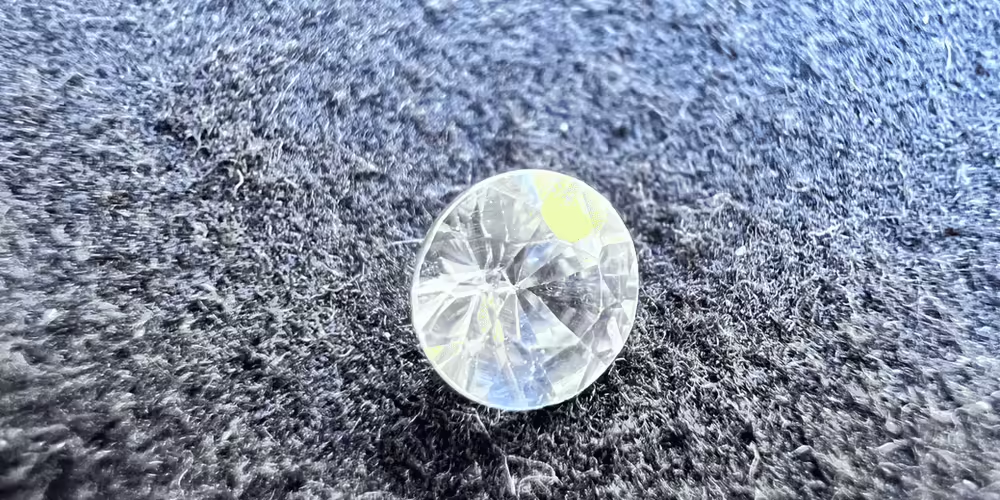
Zircon: Table of contents
- Zircon geological formation
- Zircon Brut – Raw Beauty Revealed
- Sources – Zircon’s global reach
- Historical Significance of Zircon – Through the Ages
- Metaphysical properties of zircon
- Zircon varieties
- Zircon colors
- Durability and portability of zircon
- Zircon Enhancements – Preserving Natural Beauty
- Synthetic zirconia – Nature in the Lab
- Zircon Imitations – Discerning the Genuine
- Zircon care – Preserving natural beauty
Zircon geological formation
Zircon, the oldest mineral on Earth, has a history dating back over 4.4 billion years. Present in the earth’s crust, it is widely distributed in sand, sedimentary deposits, metamorphic rocks and crystallized magma, testifying to its versatility in various geological environments.
Zircon’s distinctive chemical composition has enabled it to withstand geological transformations such as erosion and pressure variations, serving as a geological time capsule.
Remarkably, zircon contains the radioactive element uranium, leading to changes in its chemical structure and color over time. This transformation offers valuable insights into the Earth’s formation and evolution.
Zircon Brut – Raw Beauty Revealed
Raw zircon crystals reveal the wild beauty hidden deep in the Earth. Often found as square-based crystals terminating in pyramids that can sometimes resemble octahedrons, it’s not uncommon to find zircon in the form of pebbles.
Zircons can also be distinguished by their high density.

Sources – Zircon’s global reach
Zircon is mined in various parts of the world, including Myanmar, Nigeria, Sri Lanka, Australia and Madagascar. Each source contributes unique colors and characteristics to zircon, making it a gem admired for its versatility and enchanting variety.
Historical Significance of Zircon – Through the Ages
In addition to its prestigious title as the oldest mineral on Earth, zircon has a rich history.
Ancient origins :
Zircon has been used for centuries as a gem and ornament. Archaeological evidence suggests that zircon was used in jewelry in ancient Egypt as early as 4000 B.C. It was often used as a substitute for diamond due to its high refractive index and fire.
Religious and cultural significance :
Zircon had religious significance in various cultures. In Hindu mythology, zircon was considered a protective stone capable of warding off evil spirits and disease. Zircon’s brilliant hues and durability made it a preferred choice for jewelry in many cultures, symbolizing wealth and power.
Medieval use in Europe :
During the Middle Ages, zircon gained in popularity in Europe. It was used not only in jewelry, but also in religious objects such as amulets and pendants worn by warriors to protect them in battle. Zircon’s resemblance to diamonds led to its use as a diamond substitute in crowns and other royal jewels.
Historic trade routes :
Zircon was traded along ancient trade routes, notably in Asia. The Silk Road, a network of trade routes linking East and West, played a significant role in the spread of zircon as a valuable product. This contributed to the exchange of ideas and cultures, as well as trade in goods.
Geological contributions :
Zircon also has historical significance in the field of geology. Zircon crystals have been used for radiometric dating of rocks and minerals. By analyzing the uranium and lead isotopes in zircon, scientists have been able to determine the ages of geological formations, shedding light on the Earth’s history and the evolution of its continents.
Modern gemmology :
In the modern era, zircon’s historic appeal endures. Although it may not be as widely known as some other gems, its unique fire and brilliance have maintained its appeal. Zircon is often used in various forms of jewelry, from rings to necklaces, and its affordability compared to other gemstones makes it an attractive option for those seeking beauty without the high cost.
Renaissance in jewelry design:
In recent years, zircon has experienced something of a renaissance in the world of jewelry design. Jewelry designers are incorporating zircon into contemporary and artistic pieces, both as a main stone and as accent stones. This has breathed new life into zircon’s historic heritage as the gem of choice for ornamentation.
Metaphysical properties of zircon
Zircon is associated with a range of metaphysical properties, from promoting clarity and wisdom to aiding spiritual growth. Its varied colors are said to resonate with different chakras and energy centers, offering a range of benefits to those who embrace its mystical charms.
Zircon varieties
Zircon has no varieties to speak of. Zircon should not be confused with cubic zirconia, an artificial material designed to imitate zircon.
Zircon colors
Zircon’s captivating colors cover a breathtaking spectrum, from yellow to red, pink, green, blue, white and brown. Each color will vary according to the age of the zircon and its upgrades. White (colorless), golden yellow and blue are usually heat-treated.
Durability and portability of zircon
Zircon’s impressive durability, with a hardness of 6.5 to 7.5 on the Mohs scale, ensures that its beauty remains intact over time. Its excellent portability makes it suitable for a variety of jewelry designs, from delicate pieces to bold creations.
Zircon Enhancements – Preserving Natural Beauty
Almost all white, blue and golden-yellow zircons come from heated brown zircons. This treatment may fade over time, particularly on bluestones.
Apart from heat treatment, this stone is generally left untouched.
Synthetic zirconia – Nature in the Lab
The creation of synthetic zircon involves replicating the crystalline structure of natural zircon, resulting in a gemstone that mimics its appearance. It was created for research purposes, but its use in jewelry has not been documented. Synthetic zirconia” on the market is best regarded as an imitation.
Cubic zirconia, or CZ, is often referred to as “synthetic zirconia”, but it’s definitely not the same material, nor the same crystallography. What’s more, CZ is a man-made product, whereas zircon is natural and billions of years old.
Zircon Imitations – Discerning the Genuine
To ensure the authenticity of zircon gems, it is essential to differentiate them from common imitations. Cubic zirconia or CZ, chrysoberyl, glass, synthetic moissanite and low-quality diamonds may resemble zircon, but it’s essential to acquire gems from reputable sources and verify their authenticity.
Zircon care – Preserving natural beauty
Care of zircon jewelry involves gentle cleaning with mild soapy water and a soft brush.
Protecting zircon from aggressive chemicals and avoiding sudden temperature changes ensures its lasting beauty.
Storing zircon jewelry separately from other gemstones prevents scratches and maintains its brilliance over time.
Never use power tools or ultrasound on the zircon, and keep away from open flames.
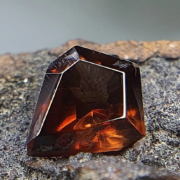
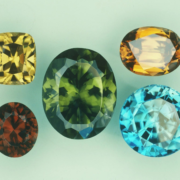
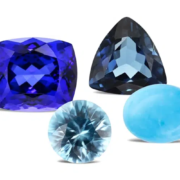
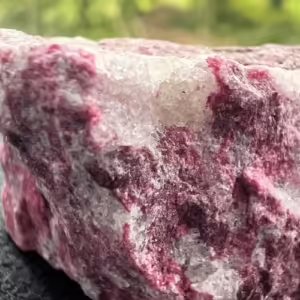
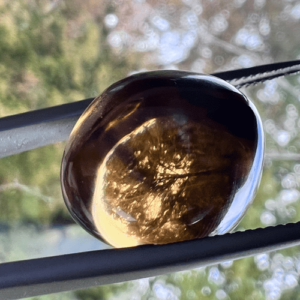
Leave a Reply
Want to join the discussion?Feel free to contribute!